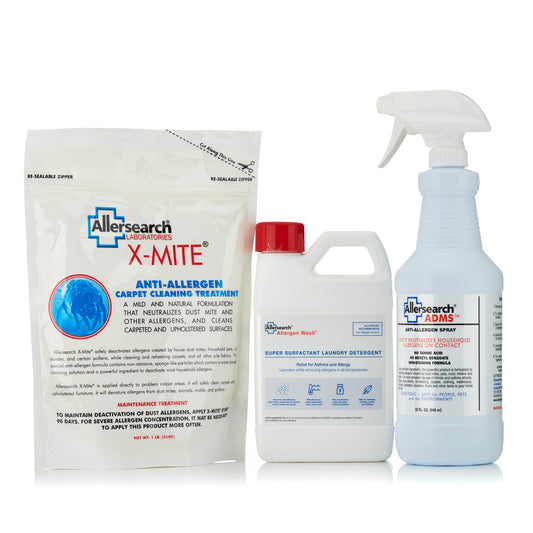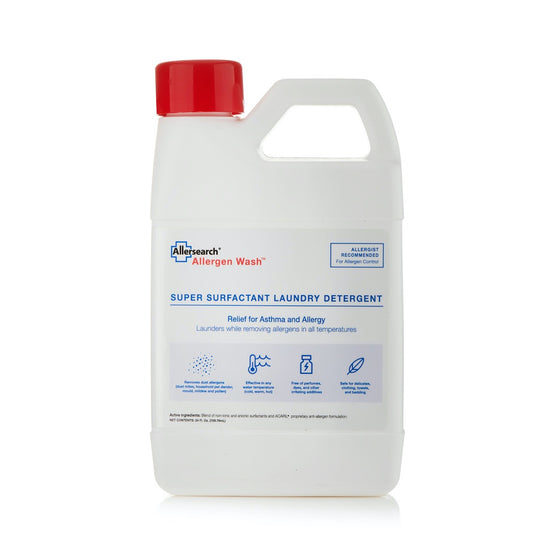
Anaphylaxis
Everyone affected by allergy ought to be aware of the possibility of anaphylaxis, because this extreme kind of allergic reaction may be fatal. Fortunately, anaphylaxis is rare and it can usually be treated successfully if prompt action is taken.
Frequently Asked Questions
What is anaphylaxis?
What is the treatment for anaphylaxis?
What are the symptoms of anaphylaxis?
What causes anaphylaxis?
How can I avoid anaphylaxis?
Related Products
-
IQAir HealthPro 250 Air Purifier
Regular price £1,049.00Regular priceUnit price per -
Allergy & Asthma Free Home Package
Regular price £65.95Regular priceUnit price per -
Allersearch Allergen Wash
Regular price £22.95Regular priceUnit price per -
IQAir Atem Desk
Regular price £399.00Regular priceUnit price per









